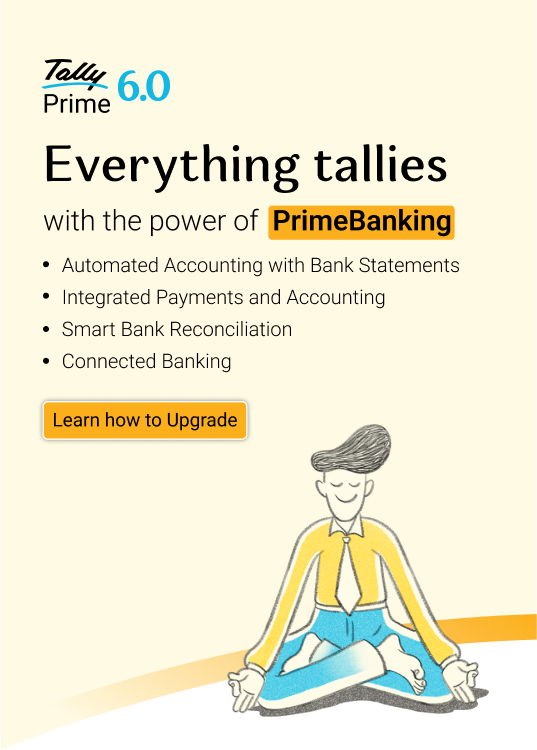Words are more than just pretty sentences on a page. They can either sit there doing nothing or get people to click, call, and buy. For small businesses, you don’t just need content that fills space, you need words that work as hard as you do.
That’s where conversion-focused writing comes in. It’s about shaping your blogs, emails, and captions so they guide your readers naturally from interest to action. When you write with purpose, every word becomes a quiet salesperson, working 24/7 to bring you leads, sign-ups, and sales, without a big ad budget.
In this guide, we will dive into the art of writing that converts. You will learn how to find the right ideas, write with clarity and persuasion, and end every piece with a strong next step that moves your reader closer to becoming a customer.
Why conversion-focused writing matters for small businesses?
For a small business, it’s not the likes or views that keep things running. Instead, it’s the clicks, the calls, the sign-ups, the sales that work. But you know what? Most writing never makes it that far. People read it, maybe even like it, and then move on. Conversion-focused writing is what stops that from happening; it bridges the gap between attention and action, turning casual readers into real results.
Here’s why it matters so much:
- It makes your time count: You don’t have hours to waste on writing posts that are lost in the feed even before anyone notices. Conversion-focused writing ensures every blog, email, or caption you put out has a clear purpose and drives people to act.
- It makes every rupee count: Big brands can spend a lot on expensive ad campaigns. But what about small businesses? They can’t. Hence, when you focus on making your words sharp, persuasive, and focused on action, they do a lot of the heavy lifting without you having to spend much.
- It builds trust quickly. Customers don’t just want to be addressed as someone who needs goods and services; they want to feel understood. When your writing speaks directly to their problems and offers genuine solutions, they see you as a business that “gets it.” That trust is what turns first-timers into repeat customers.
- It gives you quick wins. With conversion-focused writing, you can actually track results like clicks, sign-ups, enquiries, and sales. This makes your marketing less of a guessing game and more of a strategy you can refine.
How to ideate content that converts
Coming up with ideas that drive results takes a bit of strategy and a bit of creativity. It’s not just about what’s trendy or fun to post; it’s about what makes your audience pause, think, and act. The key is to focus on what your customers need, what questions they’re asking, and what problems they want to be solved. When your ideas are guided by their interests and challenges, you create content that feels helpful and irresistible at the same time.
The best ideas often come from looking around you, listening closely, and thinking about the small ways your business can make a big impact. Whether it’s turning a common question into a how-to guide or spinning a customer story into a relatable tip, every idea should have a clear purpose and a way to move people closer to taking action.
Here’s a simple way to approach it:
- Know your audience’s real struggles
Pay attention to what keeps your customers up at night. Are they trying to save time, find the right product, or fix a problem? When your content addresses these pain points, it becomes instantly valuable. A simple list of the top five challenges your audience faces can spark dozens of content ideas that connect.
- Listen closely to feedback and questions
The answers are often right in front of you. Track the questions people ask, the comments they leave, and the problems they share. FAQ posts, tips, or guides inspired by real questions resonate far more than generic content.
- Focus on action, not just attention
Likes and shares are nice, but your goal is to get people to do something. Every piece of content should have a purpose. Think about what you want the reader to do next and design your idea around that action. For example, instead of a general list of tips, show them exactly how to apply it and what to do next.
- Repurpose your best idea
If something performed well once, it’s worth giving it a new spin. Turn a blog into a checklist, a video, a social carousel, or even a mini-email series. This way, your best ideas reach more people and keep working for you.
- Learn from others, then make it your own
Look at what competitors and peers are sharing. Notice what works, what gaps exist, and then add your unique twist. Your voice, stories, and examples will make even familiar topics feel fun and engaging.
- Use stories to make content memorable
People remember stories far more than facts alone. Illustrate your points with small, relatable stories. For example, instead of just giving productivity tips, tell a short story about a time you overcame a similar challenge. It makes your content relatable, entertaining, and actionable.
- Write down all ideas, even the unusual ones
Write down every idea, even the quirky or “silly” ones. Often, those unusual thoughts spark creative and clickable content that stands out. The key is to keep your brain moving and your ideas flowing.
A Playbook for clicks, calls, and customers
Ideating great content is only half the battle. Turning those ideas into pieces that convert takes some thought, structure, and a pinch of creativity. It’s not about filling space with words or sounding impressive. The real goal is to write in a way that connects with your audience, holds their attention, and gently guides them to take the action you want.
Here’s how you can create content that hits the mark:
- Start with a clear goal
Every piece of content should have one main purpose. Are you trying to get readers to sign up for a newsletter, check out a product, or call your business for more info? Knowing the goal upfront makes it easier to structure your content and decide what to include. Without a goal, even the best writing can end up being entertaining but ineffective.
- Hook your audience instantly
People are scrolling fast, and their attention is precious. The first few lines of your content must make them stop and read further. You can use a question, a surprising fact, a relatable situation, or a bold statement. A strong hook sets the tone and encourages readers to stick around, which is the first step toward conversion.
- Highlight the benefits early
Readers should instantly understand what’s in it for them. Why should they care? What problem are you solving? Highlight the benefit early on so they feel that continuing to read is worth their time. When people see the value upfront, they’re more likely to engage and take the next step.
- Use search-friendly words your audience types
The words your audience types into search engines reveal what they’re looking for. Are they seeking information, comparing options, or ready to buy? Picking the right keywords ensures your content matches their intent, making it more likely they’ll engage and take action. Think of it as speaking their language because when your content answers what they’re searching for, clicks and conversions naturally follow.
- Use persuasive language
Words matter. Action-oriented language, clear calls-to-action, and a confident tone can make a big difference. Instead of saying “Our product might help you,” try “This product saves you time and makes your life easier.” Be direct, helpful, and encouraging in a way that inspires readers to take the next step.
- Add social proof or examples
People trust what others have tried and tested. Include customer testimonials, case studies, success stories, or even numbers to back up your claims. Real examples build trust and make it easier for your audience to imagine themselves taking action.
- End with a strong call-to-action
Every piece of conversion-focused content needs a clear next step. Don’t leave readers guessing. Tell them what you want them to do and make it simple. Whether it’s clicking a link, signing up, or calling for more information, the call-to-action should be obvious, easy, and compelling.
- Keep your voice authentic
People connect with real humans, not corporate robots. Keep your tone friendly, approachable, and true to your brand. When your writing feels genuine, readers are more likely to trust you, engage, and act.
When you understand what your readers care about, show them the value quickly, and guide them toward action naturally, your content stops being just words and starts becoming a tool that works for your business. Content that converts turns your writing into a quiet powerhouse for your business. For small businesses, this approach means every blog, email, or social post can build trust, spark curiosity, and generate real results. Keep experimenting, stay curious, and let your words work as hard as you do.










